Ticks suck. Literally. What’s worse is that these little bugs, although small, can have a huge impact on the lives of you and your loved ones if they hitch a ride, looking for a free meal. In Tewksbury and all over Massachusetts, we’re all familiar with the dangers of Lyme disease, but there are many more tick-borne illnesses on the rise in our area, including Babesiosis and the rare, but fatal Powassan virus.

While not all ticks are infected with and carry scary diseases, do you really want to get bitten by one and take the chance? Even Wicked Local has been publishing things about how officials are urging people to be more vigilant about ticks, but their suggestions of “using tick and mosquito repellent, wearing long sleeves and long pants outdoors, and performing periodic checks for ticks on your body” simply aren’t realistic. When the weather is nice out, who wants to be bundled up in their own yard? Consider a time-released Tewksbury Mosquito Control treatment from a reputable Tewksbury tick control company. Barrier tick treatments help eliminate up to 90% of mosquitos and up to 90% of adult ticks and fleas on contact, too.
The Game Plan: How Tewksbury Tick Control Works

Lyme Disease and other tick-born illnesses caused by bacteria transmitted most often by the deer tick, but other ticks are carriers, too. Not all ticks are carriers of these illnesses, but it’s best to err on the safe side. Ticks become infected when they feed on small animals, such as mice, that are infected. By going straight to the source through the implementation of tick tubes, cycle of disease can be stopped where it would normally start. What’s a tick tube? Well, it’s a small tube with biodegradable tubing that’s filled with cotton treated with a solution fatal to ticks. The tubes are strategically placed around your property, and small animals like mice and rabbits will find the cotton and use it to build their nests. When a hungry tick bites and feeds off one of these small animals, it’s gone from this world and one fewer tick to worry about potentially causing anyone damage. These Tewksbury tick control tubes are a proactive measure, and reduce up to 90% of tick populations before they’re able to multiply.
Prefer an all-natural tick control approach for your Tewksbury MA home and family?

Not a problem. A reputable Tewksbury tick control company will offer products that are EPA-registered, but some people prefer to go as “all-natural” as possible. That’s why all-natural treatments are available for your unwanted pests. Based on natural oils, this more “crunchy” approach focuses more on repelling these little buggers than eliminating them. It’s not quite as effective as traditional mosquito and tick control solutions, but it’s pretty darn close — most people notice a reduction in yard pests between 65-80%. Also time-released, this application is recommended to be repeated every two weeks, instead of the traditional three.

It’s simple, really. If you want to keep your home and family safe from ticks, you must hire a reputable company, who will formulate complete protection.
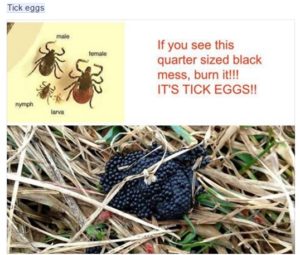

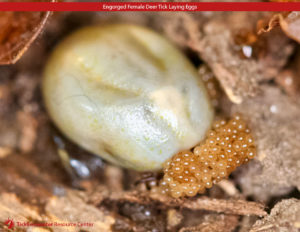

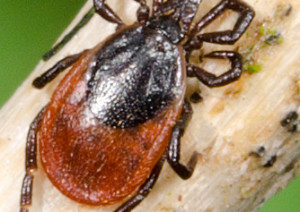
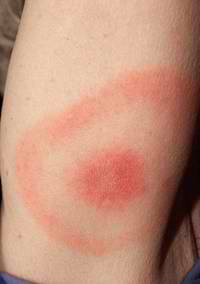
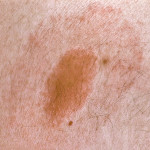
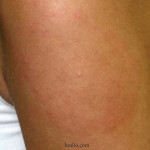


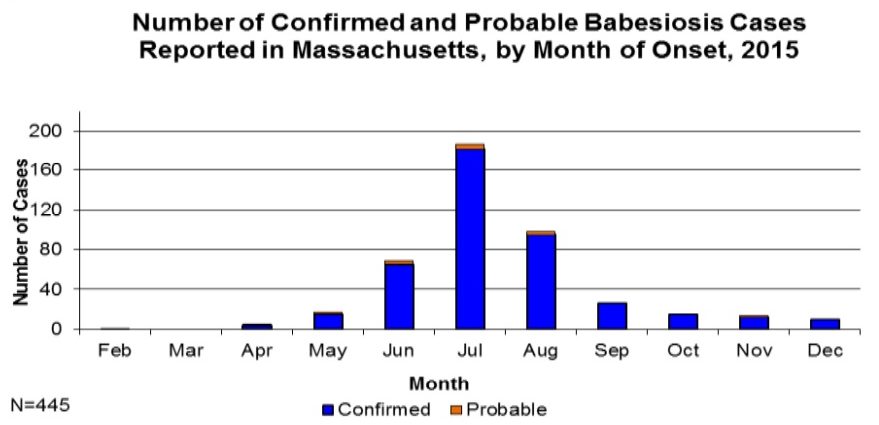

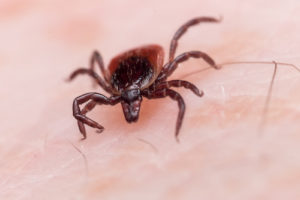 Rocky Mountain Spotted fever (RMSF) is so far not as common in Massachusetts as Lyme disease. This can make it extra dangerous as physicians and patients do not readily know the risks, signs, and symptoms.
Rocky Mountain Spotted fever (RMSF) is so far not as common in Massachusetts as Lyme disease. This can make it extra dangerous as physicians and patients do not readily know the risks, signs, and symptoms.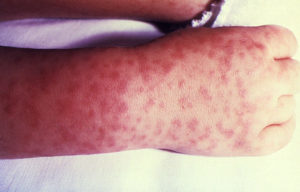
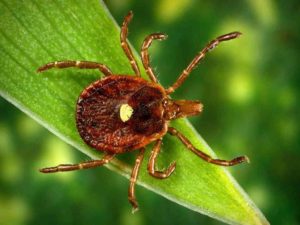
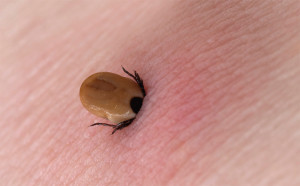
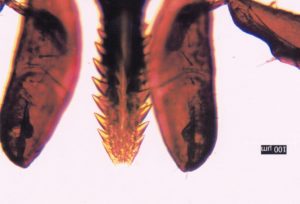
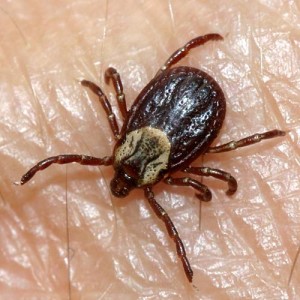
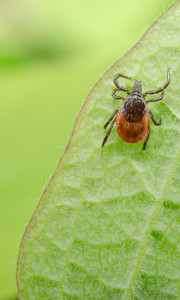
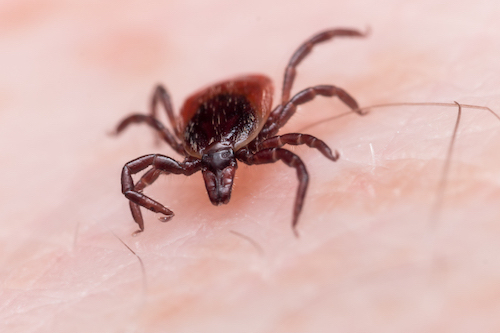
 Where would repair people, mechanics and homeowners be without this 11th Wonder of the Fix-it World? Well, there’s yet another use for it when it comes to ticks. Before ticks become attached to your skin or your dog’s skin, tear off a piece of duct tape and “stick it to them”. Blotting up any ticks on the skin removes the tick and prevents them from becoming lost before you can throw them out. Use a big enough piece of tape to fold it over the tick after removing it and seal them inside. When you’re done, throw the tape in the trash. How easy is that?
Where would repair people, mechanics and homeowners be without this 11th Wonder of the Fix-it World? Well, there’s yet another use for it when it comes to ticks. Before ticks become attached to your skin or your dog’s skin, tear off a piece of duct tape and “stick it to them”. Blotting up any ticks on the skin removes the tick and prevents them from becoming lost before you can throw them out. Use a big enough piece of tape to fold it over the tick after removing it and seal them inside. When you’re done, throw the tape in the trash. How easy is that? It’s OK; this one isn’t as bad as it sounds. Since you have some privacy and your pants and lower garments are off it’s easy to spot any ticks on your skin. Ticks like to hang out for a free meal in grassy and brushy areas. They climb to a height anywhere from our ankles to knees. They dry out quickly in the heat and sun so they try to find shade ASAP. When they find you, that shade is under your clothes and not outside the fabric. Once they get near your skin, they begin looking for places where the skin is thin and where the biggest blood supply can be found. That is usually in the creases and folds of our skin, such as your waist and groin area.
It’s OK; this one isn’t as bad as it sounds. Since you have some privacy and your pants and lower garments are off it’s easy to spot any ticks on your skin. Ticks like to hang out for a free meal in grassy and brushy areas. They climb to a height anywhere from our ankles to knees. They dry out quickly in the heat and sun so they try to find shade ASAP. When they find you, that shade is under your clothes and not outside the fabric. Once they get near your skin, they begin looking for places where the skin is thin and where the biggest blood supply can be found. That is usually in the creases and folds of our skin, such as your waist and groin area.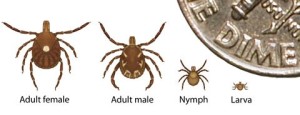
 Hard ticks and soft ticks all need moisture, especially hard ticks like deer ticks. Other soft ticks take a bit longer to dry out. So tip #3 is to put the clothes you wore outside in the dryer as soon as you come indoors. Do this before washing them. Ten minutes on high heat will dry out hard ticks and 15+ minutes will dry out the softer ones. Washing won’t destroy ticks, no matter how hot the water. Remember, they need moisture and are active in warm months so warmth and water are their two best friends. Very dry and hot are their worst nightmare. Once your clothes are finished in the dryer, wash them knowing you won’t be releasing any ticks into your closets or clothes hamper.
Hard ticks and soft ticks all need moisture, especially hard ticks like deer ticks. Other soft ticks take a bit longer to dry out. So tip #3 is to put the clothes you wore outside in the dryer as soon as you come indoors. Do this before washing them. Ten minutes on high heat will dry out hard ticks and 15+ minutes will dry out the softer ones. Washing won’t destroy ticks, no matter how hot the water. Remember, they need moisture and are active in warm months so warmth and water are their two best friends. Very dry and hot are their worst nightmare. Once your clothes are finished in the dryer, wash them knowing you won’t be releasing any ticks into your closets or clothes hamper.